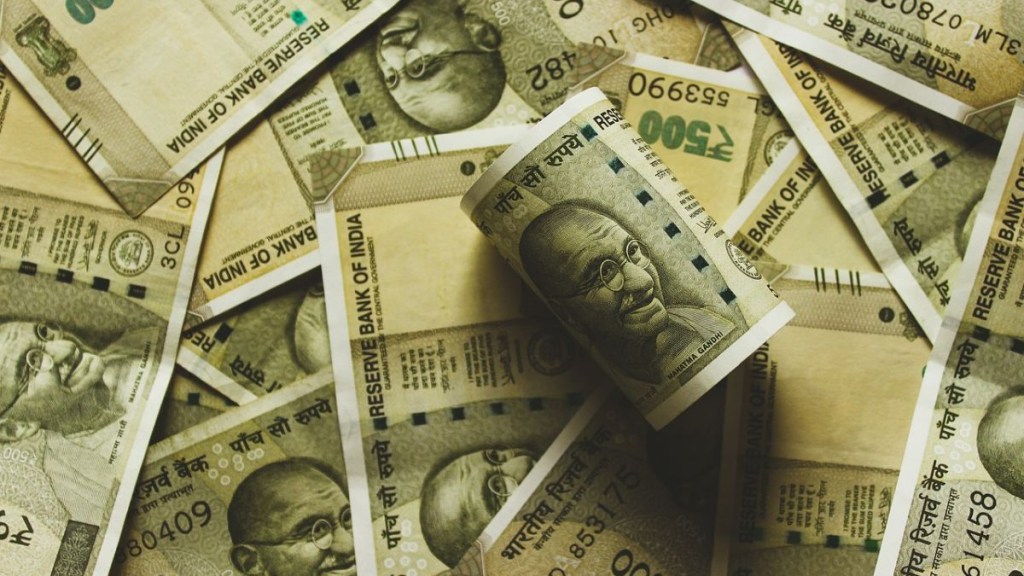The Centre’s fiscal deficit came in at 63.6% of the revised estimate (RE) in the first ten months of the current financial year compared with 67.8% of the respective target in the year-ago period, largely due to a decline in spending in January while tax revenues remained on track.
While net tax revenues rose by 11.3% on year in April-January of FY24, exceeding the required growth rate of 10.8% to achieve the revised estimate of Rs 23.2 trillion, non-tax revenues expanded by 46% to Rs 3.38 trillion (required rate 31%) on the back of the robust Reserve Bank of India dividend.
The capital expenditure growth has come in at 26.5% on-year expansion in April-January FY24, a bit lower than the required growth rate of 29% to meet the revised estimate of Rs 9.5 trillion.
The Centre’s capex fell steeply to Rs 476 billion in January 2024 from nearly Rs 800 billion in January 2023, kicking off Q4FY24 on a sour note. With Rs 2.3 trillion left to be incurred in Feb-March 2024 to meet the full-year target for capex this fiscal, substantially higher than the Rs 1.7 trillion recorded in the same months of FY23, rating agency Icra expects the Centre’s capex to undershoot the FY24 RE by at least Rs 0.5 trillion.
“While there may be some slippage in the disinvestment target and capex may trail the FY24 RE, ICRA does not expect the revised fiscal deficit target of Rs 17.3 trillion for FY2024 to be breached,” Icra chief economist Aditi Nayar said.
The second advance estimate of nominal gross domestic product (GDP) released on Thursday showed that the fiscal deficit may be 5.9% of GDP as against the revised estimate of 5.8%. However, given likely lower capex and higher tax revenues, the government could still contain fiscal deficit at the RE level of 5.8%.
Due to lower spending on subsidies, the revenue expenditure growth was a tepid 1.4% in the first ten months of the current financial year compared with a required rate of 2.6% to meet the annual target of Rs 35.4 trillion.
The Centre’s fiscal deficit stood at Rs. 11 trillion in April-January FY24, lower than the Rs 11.9 trillion recorded in April-January FY23. The headroom left for revenue spending in the last two months of FY24 is Rs 9.1 trillion, 6% higher than the expenditure in the year-ago period.
The Centre’s gross tax revenues need to record a moderate 6% growth in February-March to meet the FY24RE for the year, which seems imminently achievable. The corporate tax collections may exceed the FY24RE.
As much as Rs 2.1 trillion is left for disbursal to the states to meet the target tax devolution of Rs 11 trillion indicated in the FY24RE. The Centre will likely release these funds in three instalments with two in early March and one by end-March.
